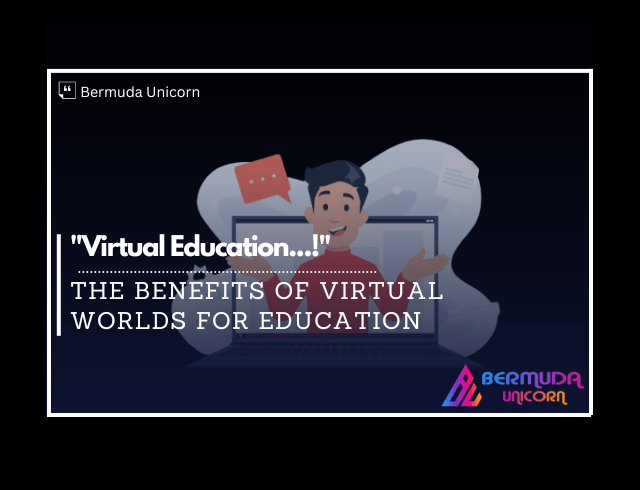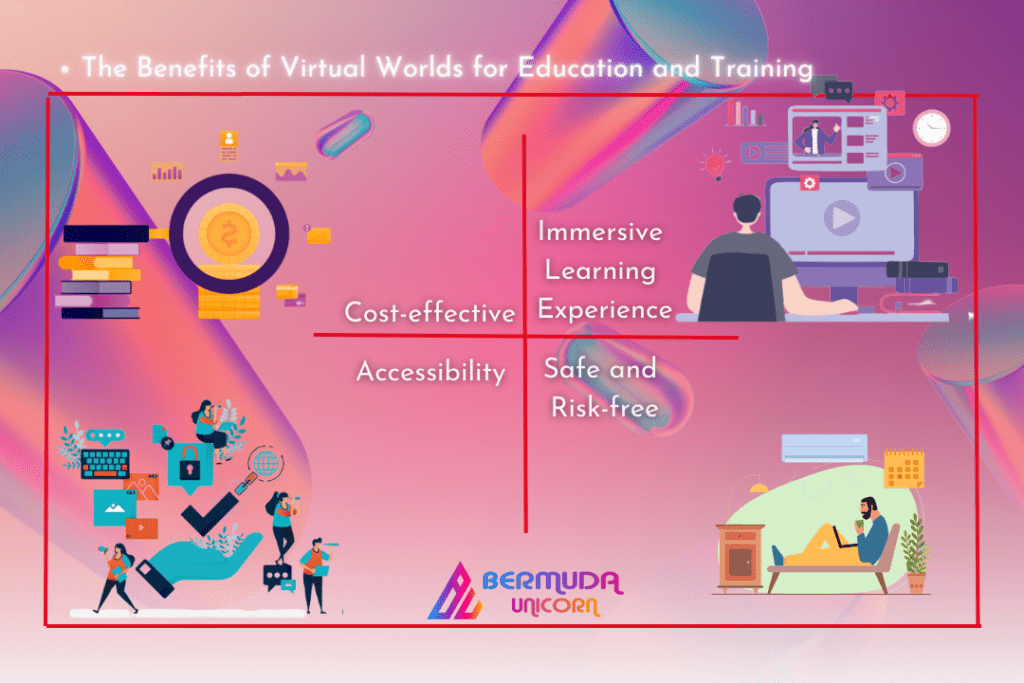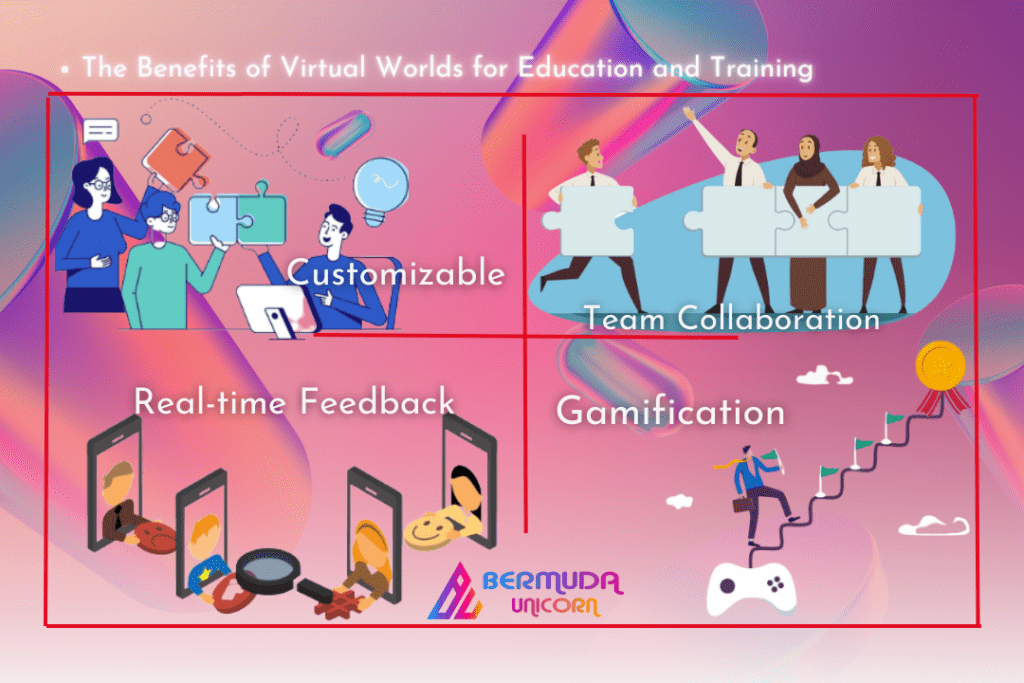

Virtual worlds are digital environments that simulate real-world scenarios and allow users to interact with one another and the environment. In recent years, the use of virtual worlds for education and training has gained popularity due to its numerous benefits. This article will explore some of the benefits of virtual worlds for education and training.
Immersive Learning Experience in Virtual Worlds
Virtual worlds offer an immersive learning experience that cannot be replicated in traditional classrooms or training environments. In virtual worlds, users can explore and interact with the environment, manipulate objects, and engage with other users realistically and engagingly. This type of learning experience helps to improve retention and recall of information as it creates a deeper and more meaningful connection with the content.
Cost-effective
Virtual worlds are a cost-effective alternative to traditional training and education methods. With virtual worlds, there is no need for physical classrooms or training facilities, which significantly reduces overhead costs. This makes virtual worlds an attractive option for organizations and educational institutions looking to reduce costs while still providing high-quality training and education.

Safe and Risk-free in Virtual Worlds
Virtual worlds provide a safe and risk-free environment for learners to practice and develop their skills. This is particularly important in industries such as healthcare, where mistakes can have serious consequences. In virtual worlds, learners can practice procedures and techniques without the risk of harming patients. This allows learners to gain confidence and competence in their skills before they are applied in the real world.
Accessibility of Virtual Worlds
Virtual worlds are highly accessible, making them an ideal solution for learners who are unable to attend traditional classrooms or training facilities. Learners can access virtual worlds from anywhere with an internet connection, allowing them to learn at their own pace and in their own time. This makes virtual worlds an excellent option for distance learning, remote training, and continuing education.
Customizable Virtual Worlds
Virtual worlds are highly customizable, allowing educators and trainers to tailor the learning experience to the needs of their learners. Educators can create simulations that are specific to their curriculum or training objectives, ensuring that learners receive targeted and relevant learning experiences. This flexibility also allows educators to modify simulations based on the learners’ feedback, ensuring that the learning experience is constantly improving.
Team Collaboration
Virtual worlds provide opportunities for team collaboration that cannot be replicated in traditional training environments. In virtual worlds, learners can work together to solve problems, develop strategies, and practice teamwork skills. This type of collaboration helps to develop communication, leadership, and problem-solving skills, which are essential in today’s workforce.
Real-time Feedback
Virtual worlds provide real-time feedback to learners, allowing them to track their progress and identify areas for improvement. This type of feedback is immediate, objective, and consistent, making it an invaluable tool for learners. Learners can receive feedback on their performance and make adjustments in real-time, improving their skills and knowledge faster than traditional training methods.

Gamification
Virtual world offer the opportunity to gamify the learning experience, making it more engaging and enjoyable for learners. By incorporating game mechanics, such as points, rewards, and leaderboards, educators can motivate learners to complete tasks, engage with the content, and compete with their peers. This type of gamification has been shown to improve motivation, engagement, and retention of information.
Socialization
The virtual world provides opportunities for socialization and networking that are not available in traditional training environments. Learners can interact with other learners from all over the world, creating a diverse and dynamic learning community. This type of socialization helps to develop cultural awareness, communication skills, and empathy, which are essential in today’s globalized workforce.
Simulation-based Learning
The virtual world provides opportunities for simulation-based learning that are not possible in traditional training environments. Simulations allow learners to practice and develop their skills in a realistic and safe environment. For example, in healthcare, learners can practice medical procedures or surgeries in a simulated environment that mimics real-world scenarios. This type of simulation-based learning helps learners to gain confidence and competence in their skills before they are applied in the real world.
Engaging and Interactive
Virtual worlds offer an engaging and interactive learning experience that can capture learners’ attention and keep them motivated. The immersive nature of virtual worlds creates a sense of presence, which helps learners to stay focused and engaged. This type of learning experience is particularly effective for learners who have a shorter attention span or find traditional classroom settings boring.
Lifelong Learning
Virtual world provide opportunities for lifelong learning that are not possible in traditional training environments. Learners can access virtual worlds from anywhere and at any time, allowing them to continue learning long after they have completed their formal education or training. This type of lifelong learning is essential in today’s rapidly changing and evolving workforce, where new skills and knowledge are constantly needed.
Conclusion
Virtual world offers numerous benefits for education and training, including immersive learning experiences, cost-effectiveness, safety and risk-free learning, accessibility, customization, team collaboration, real-time feedback, gamification, socialization, simulation-based learning, engaging and interactive learning, and lifelong learning. With the rise of technology, virtual worlds are becoming an increasingly popular option for education and training, and it is clear that they have the potential to revolutionize the way we learn and train in the future.